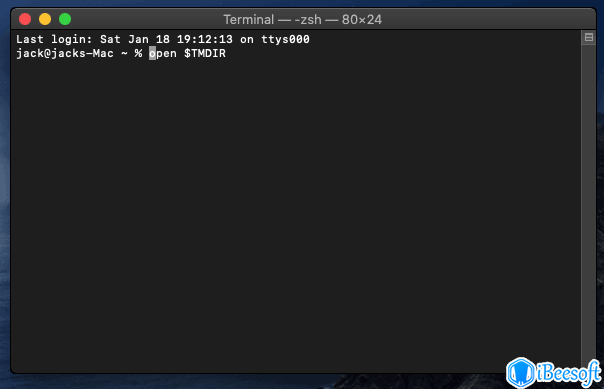

Verify that the file has not been corrupted and that the file extension matches the format of the file.Ĭhanging the file extension to. Microsoft cannot open this file The file format or file extension is not valid.

As a result attempting to open them in Finder or through the Open menu fails, claiming the files are corrupt. xlsx extension (corresponding to Excel XML format), but are actually in a different format. Specifically, the filenames are listed with an. However, in the current version of Excel for Mac 2011 (14.3.1, maybe others) there is a bug that prevents easily opening these backup files. (This method only supports Excel 20) The steps on recovering lost Excel files Mac: Step 1. This method retrieves the new unsaved Excel document by restoring to a previous version. Recover Excel File on Mac via Restore to Old Version. Files in this directory often have somewhat munged/cryptic names, but you can always open them up to find the best one. Open, save, and recover unsaved excel file to another folder on Mac. Locate the Excel file you want to recover using the timeline on the right edge of the screen. Click the Time Machine icon located in the Menu Bar and choose Enter Time Machine. Open the files with Excel (either double click or using Excel's File>Open menu)Īs described in this post, if you are lucky, a newer auto-recovery version can often be found in ~\Library\Application Support\Microsoft\Office\Office 2011 AutoRecovery. For example, if the files were in your Documents folder, open Finder and select Documents from the sidebar on the left.Change the Extension of the Excel autorecover files of interest from.Go to ~\Library\Application Support\Microsoft\Office\Office 2011 AutoRecovery in Finder (on OSX10.7+ this may first require making the Library directory visible using one of the methods described here or here).


 0 kommentar(er)
0 kommentar(er)
